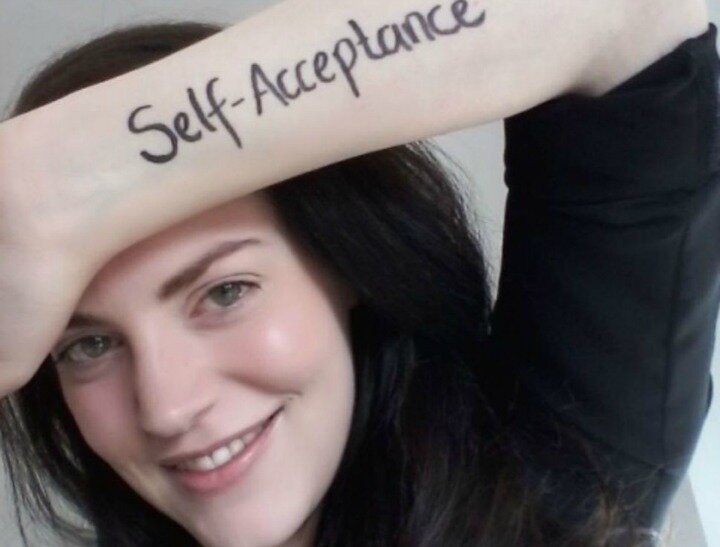By Michelle Smith, Deakin University
Last month author Catherine Nichols went public with her account of sending her novel manuscript to literary agents under a male pseudonym. A writing sample sent to 50 agents in her own name resulted in only two manuscript requests. Seventeen out of 50 agents requested the same materials from “George Leyer”.
Were the agents exhibiting a subconscious gender bias that assumes the superiority of male authors? Or were they responding to the practicalities of a reviewing culture and audience that can overlook or even reject women’s literature?
Watch J.K. Rowling’s interview with the TODAY show below. Post continues after video.
Women’s fiction is reviewed less often than men’s in major publications. Even though women buy two thirds of all books sold in the UK, they are much less likely to be reviewing books in male-dominated literary magazines.
And some audiences, such as young boys, are presumed to be entirely unwilling to read books written by women. J.K. Rowling’s publisher felt that an obviously female name like “Joanne” would dissuade boys from reading the debut Harry Potter novel.
The unpublished Rowling was simply happy to be published and said in an interview that “they could have called me Enid Snodgrass”. But Enid Snodgrass would have had the same sales handicap as Joanne Rowling—a woman’s name.

Most discussions of contemporary women writers who have adopted male pseudonyms or initials to mask their sex draw connections between these writers and a long line of literary women, such as the Brontë sisters and George Eliot (Mary Ann Evans), who have published under assumed names.
What is less recognised is that the cultural reasons behind women writers concealing their names have shifted dramatically since the nineteenth century.
Today female names vanish to avoid industry and reader perceptions of what women’s fiction is like. Historically, in the British tradition, female names were hidden because of the perceived inappropriateness of women writing novels.
To understand this difference, it is important to know that the very act of reading novels was heavily policed for girls and women in the nineteenth century.

In The Woman Reader, Kate Flint shows how girls’ and women’s reading, especially of material deemed frivolous or escapist, was a subject of great public concern and debate. Any novel reading that might detract from a woman’s role as a wife and mother within the home was perceived as a threat to the very foundation of society.
Likewise, women authors challenged expectations of women’s domestic and maternal roles. Budding writer Charlotte Brontë received the following comments in a discouraging letter from English poet laureate Robert Southey in 1837:
Literature cannot be the business of a woman’s life, and it ought not to be. The more she is engaged in her proper duties, the less leisure she will have for it, even as an accomplishment and a recreation. To those duties you have not yet been called, and when you are you will be less eager for celebrity.
Jane Austen published her first novel in 1811. The four novels that were published during her lifetime appeared anonymously, as were those of many early women writers. Although women who wrote educative or didactic fiction, such as Maria Edgeworth, or less respected genres such as the Gothic romance, as in the case of Ann Radcliffe, were not similarly compelled to hide their gender or identity.
Take a look at these women who used pen names, post continues after gallery.
Famous Female Pen-Names.
J.K. Rowling.
Real name: Joanne Rowling. Most famous for the Harry Potter series.
Ellis Bell.
Real name: Emily Brontë. Most widely known for her only novel, Wuthering Heights.
J.D. Robb.
Real name: Nora Roberts. Famous for the series, In Death.
Harper Lee.
Real name: Nelle Harper Lee. Famous for To Kill A Mockingbird.
A.M. Barnard.
Real name: Louisa May Alcott. Famous for her work, Little Women.
Currer Bell.
Real name: Charlotte Bronte. The author of the famous Jane Eyre.
George Eliot.
Real name: Mary Ann Evans. Her novel Middlemarch is one of the most highly regarded in history.
George Sand.
Real name: Amantine Lucile Aurore Dupin. Her first novel Indiana. Sand made a significant stir during her time for wearing men’s clothing in public and smoking tobacco in public.
Isak Dinesen.
Real name: Karen Blixen. Her novel Out of Africa was extremely well received within the literary world and beyond.













 DEBRIEF DAILY
DEBRIEF DAILY